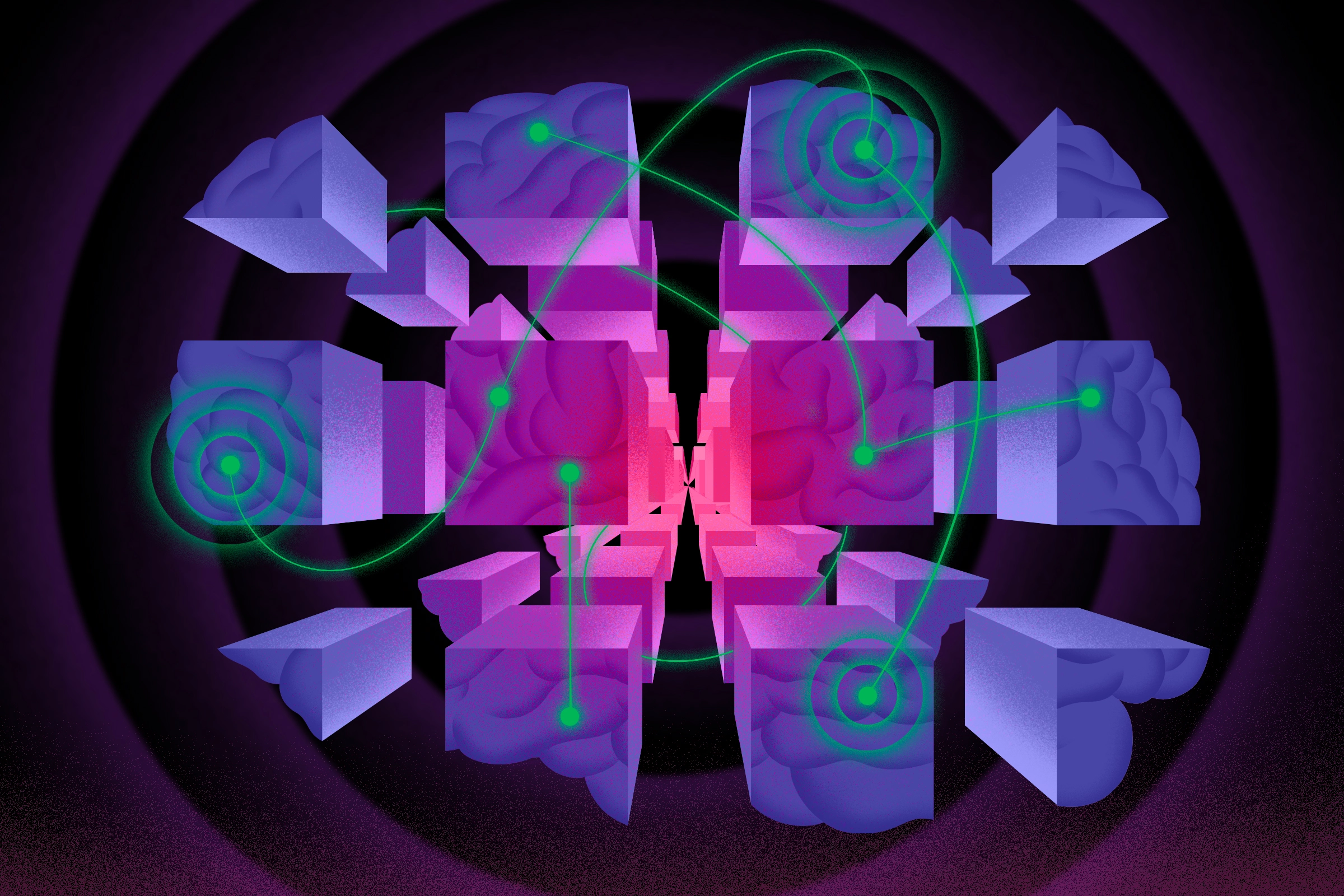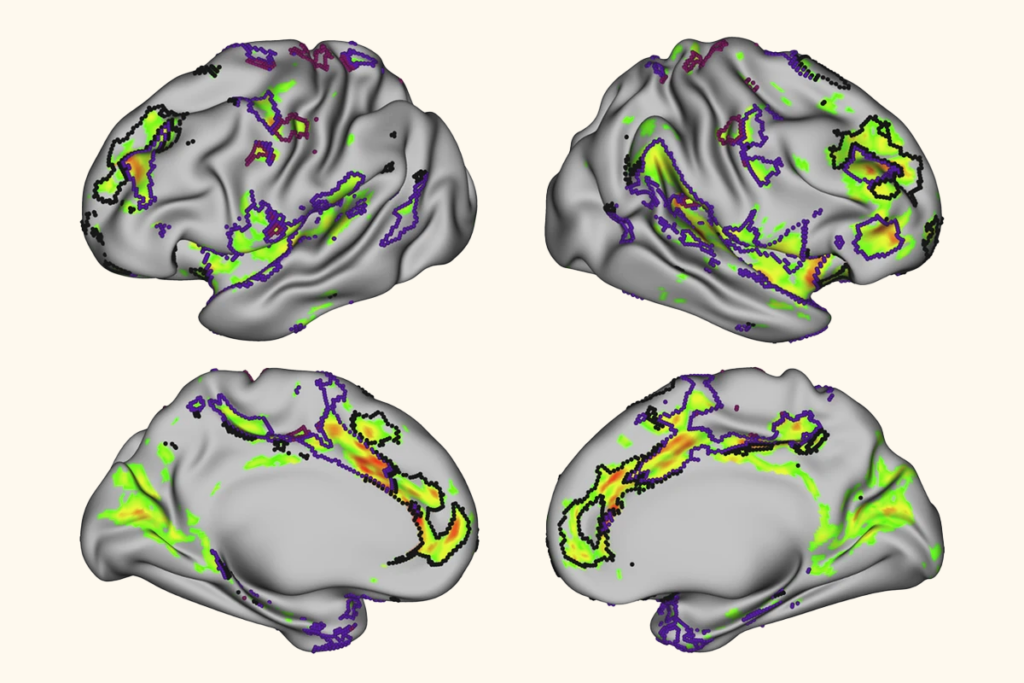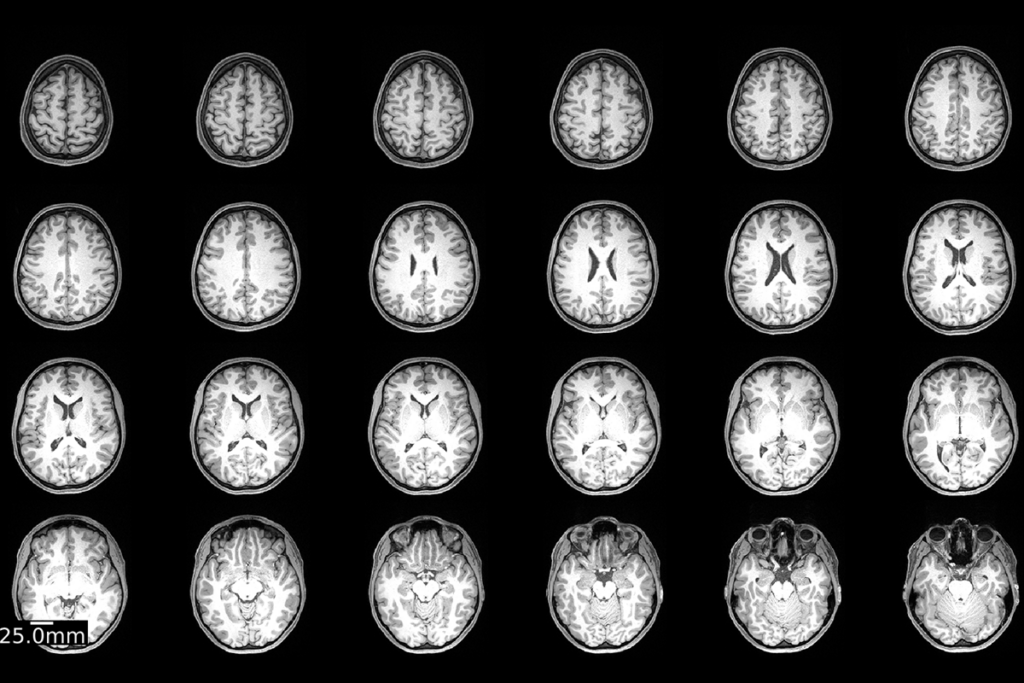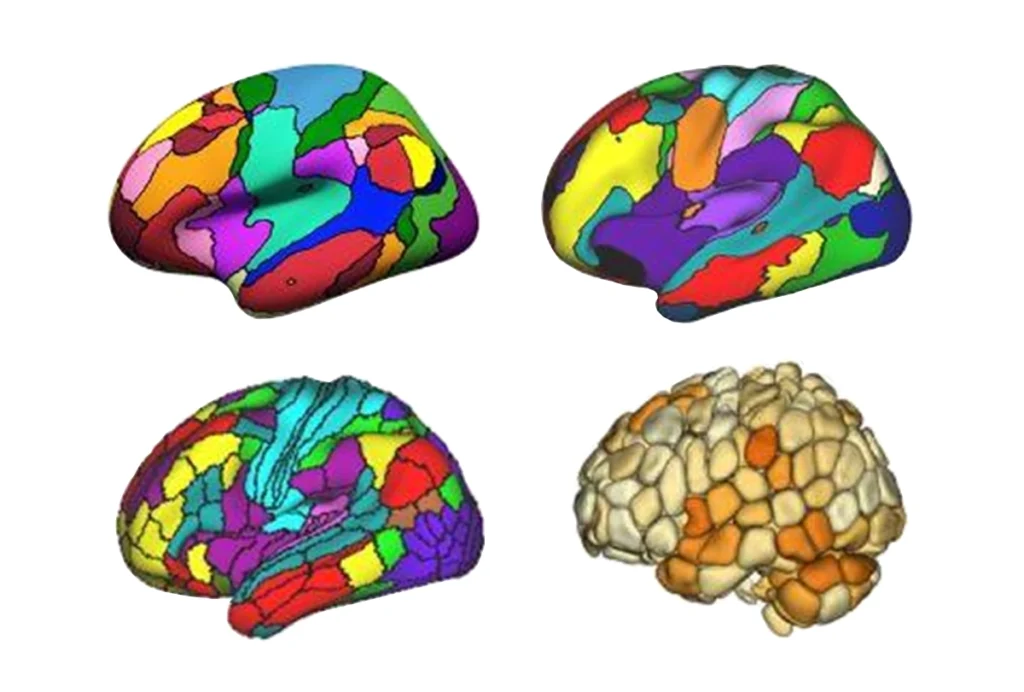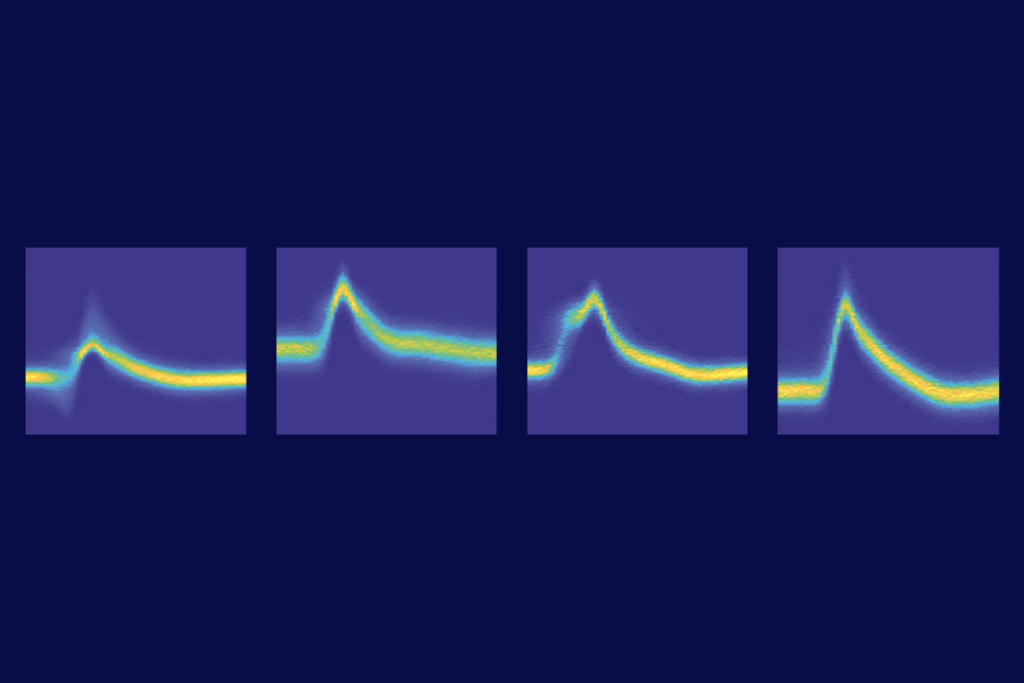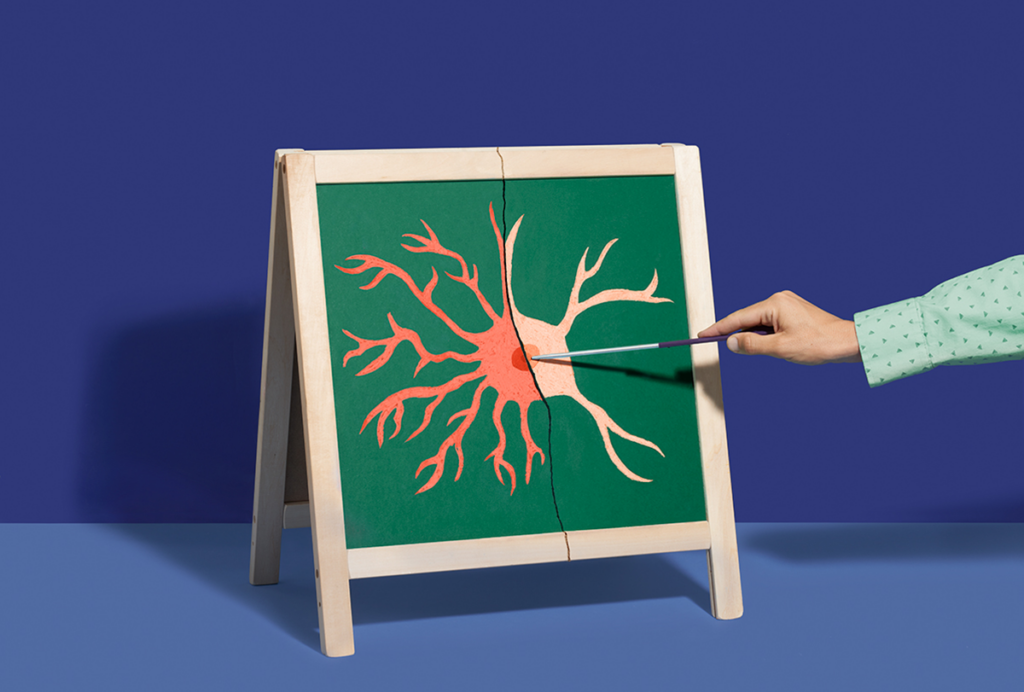When neuroscientists refer to “large-scale brain networks,” we all know what we are talking about, right? That is what I assumed as a researcher specializing in cognitive and network neuroscience for the past 20 years. But the literature suggests otherwise. As studies characterizing large-scale brain networks have proliferated over the past decades, so have network names. Take, for example, the following statements from three separate papers:
“The cingulo-opercular network includes the anterior prefrontal cortex, anterior insula/frontal operculum, dorsal anterior cingulate cortex and thalamus.” (Dosenbach et al., 2008)
“The anterior insular cortex is thought to be a key node of a salience network that also includes the dorsal anterior cingulate cortex and other subcortical and limbic structures.” (Uddin, 2015)
“Core regions of the ventral [attention] network include temporoparietal junction…and ventral frontal cortex, including parts of the middle frontal gyrus, inferior frontal gyrus, frontal operculum, and anterior insula.” (Corbetta et al., 2008)
These scientists — myself included — all presumably mean to refer to a large-scale brain network that includes the anterior insular cortex. But they use specific terms to refer to the networks of interest (“cingulo-opercular network,” “salience network” and “ventral attention network”) and ascribe a variety of functions to these networks. This proliferation of terminology is particularly problematic for anyone attempting to integrate information across different studies.
My colleagues and I first attempted to highlight this lack of consistency in 2019, when we proposed that anatomical terminology might be the best place from which to begin to build a universal taxonomy of brain networks. We argued that naming a network according to its purported function was problematic — because ascribing a singular function to a brain region or network is likely erroneous and serves to deepen the silos of an already fractionated literature.
We knew, however, that to really get buy-in from the neuroscience community for a universal taxonomy, we would need to build consensus among researchers regarding what network naming conventions we should all adopt moving forward. To work toward such a consensus, in 2020 we formed a committee, endorsed by the Organization for Human Brain Mapping, called the Workgroup for HArmonized Taxonomy of NETworks (WHATNET).
Early informal discussions among the group, which met monthly for several years, made it clear that a true universal taxonomy was beyond our reach. Scientists can be surprisingly stubborn, and it is often difficult to convince us to do things differently when we have been doing things a particular way for many years. We found that many scientists were simply too invested in their particular nomenclatures.
Instead, after several years of research, we developed a set of minimal reporting guidelines that we encouraged researchers to adopt in future cognitive and network neuroscience publications, as well as a tool to help researchers reference existing brain-parcellation atlases when reporting novel results. Our hope is that the use of this tool will help standardize reporting, aid reproducibility efforts and enable comparisons across studies.
T
o better understand the scope of the taxonomy problem, WHATNET first conducted a survey to catalog current naming practices. We included 100 brain images in the survey and asked participants to respond to the prompt: “Please name this network.” Perhaps not surprisingly, we found high levels of rater agreement around some terms, such as the “default network,” “motor network” and “visual network,” and low levels of rater agreement around others, including the “salience network” and “frontoparietal network.”The substantial amount of disagreement raises concerns about the consistency with which results are interpreted and broader issues surrounding reproducibility and replicability. Interestingly, networks involving association cortices important for high-level cognitive processes tend to show the lowest amount of agreement among raters, presumably because cognitive neuroscientists often name networks by their purported (and sometimes idiosyncratic) functions. For example, what I have referred to using anatomical terminology as the “lateral frontoparietal network” has also been variously referred to as the “executive control network,” the “multiple demand system” and the “domain general system” in the literature.
In October, we published an extensive report detailing the results of WHATNET’S efforts, including discussions of several major challenges: how to best consider network scale, resolution and hierarchies; how networks vary among people; how networks vary over time; how to integrate links to subcortical structures; and how to integrate information from multimodal neuroimaging.
The report also includes a set of guidelines designed to improve consistency and comparability when reporting new results. Researchers should avoid labeling patterns of brain activity or connectivity with idiosyncratic cognitive terms. Instead, they should describe novel findings by referencing how they overlap with one or more existing brain-parcellation atlases — maps created to divide the brain into discrete functionally or structurally defined units. Currently, there are more than 20 widely used functional brain parcellations in the field, which assist researchers who wish to report novel findings in reference to a standard. Researchers should also consider supplementing labels from brain-parcellation atlases with additional anatomical network labels and following the Committee on Best Practices in Data Analysis and Sharing (COBIDAS) reporting guidelines for connectivity analyses.
The tool we created, known as the Network Correspondence Toolbox, is designed to help researchers reference existing brain-parcellation atlases when reporting novel results. This resource assesses correspondence among the most widely used functional brain network atlases and maps novel neuroimaging results to these atlases. By quantifying the spatial correspondence between functional brain atlases and new user-defined maps, this tool should also make it easier to replicate and compare results.
Altogether, despite enduring quibbles about network names, we have made significant progress. I still believe the use of consistent terminology can help unify disparate findings in cognitive and network neuroscience, and I hope the work of WHATNET brings us closer to something like a universal taxonomy of brain networks.
